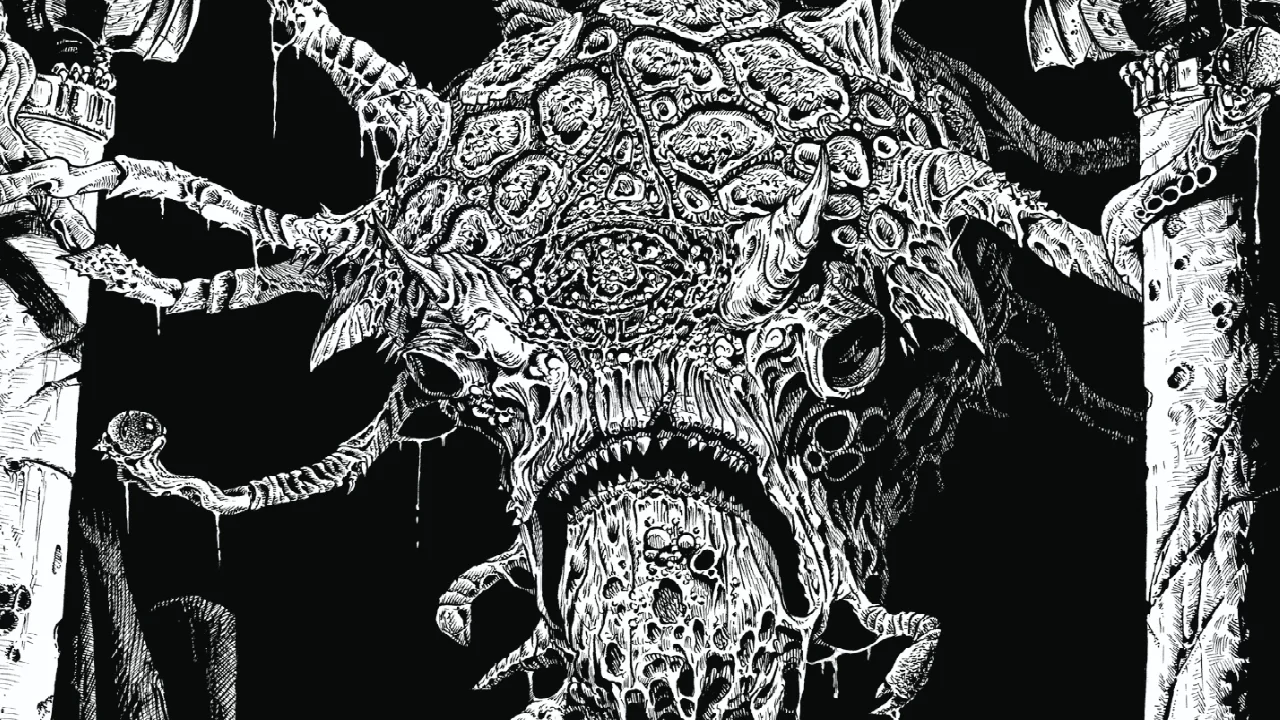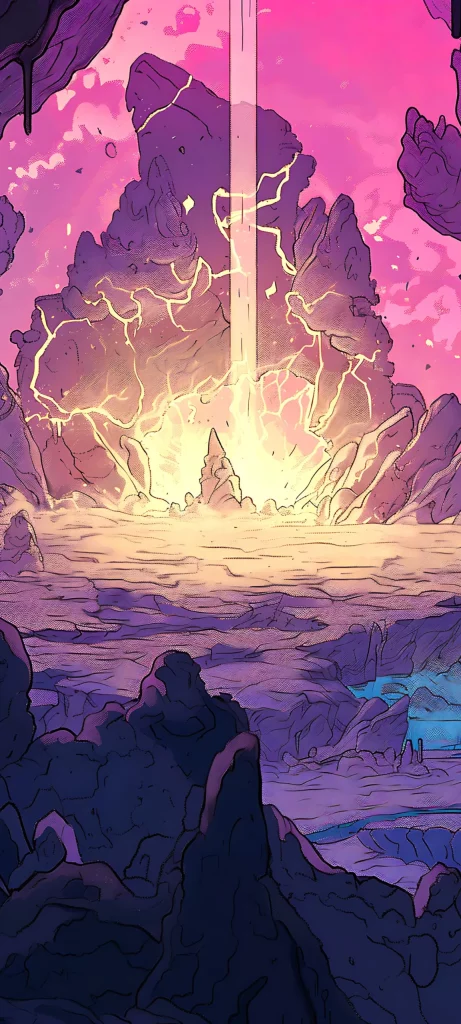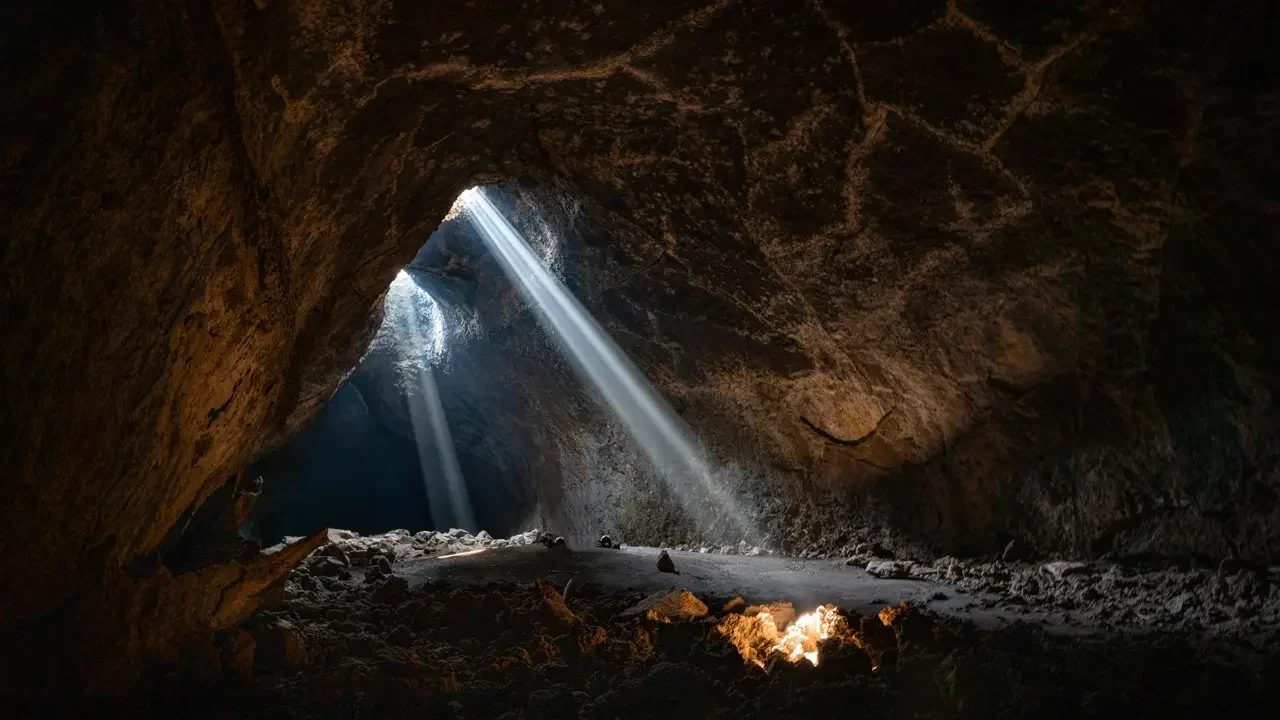
By the time the boulder starts rolling, we already know everything important about Indiana Jones. We've seen him navigate traps with caution and precision. We've watched him betray his own calculations, grasping for the idol despite visibly knowing better. We've witnessed his narrow escape, his loss of the prize, his confrontation with a rival, and his desperate flight. When that boulder finally comes crashing down the corridor, we watch Indy run—a fully realized character we somehow know intimately—despite the fact that not a single word of exposition has been spoken.
This is the magic of the opening sequence from Raiders of the Lost Ark—perhaps the most perfect character introduction in cinema history. It works because it shows rather than tells, revealing character through action rather than description. It works because it gives us the essence of a complex protagonist without a single line of biographical exposition.
And it almost never happens at our gaming tables.
The Tavern Problem

Most RPG campaigns begin with characters awkwardly introducing themselves through stilted exposition: "I am Thamnik, son of Thamgroth, master of the dual axe technique, and I seek vengeance for my fallen clan." We tell before we show, explaining who characters are instead of revealing it through their actions. Our opening scenes become exercises in patience rather than demonstrations of character.
This creates a peculiar delay in engagement. Players have lovingly crafted characters with intricate backstories and personalities—but must announce these traits rather than embody them. The alchemist explains their obsession instead of demonstrating it. The rogue describes their moral code instead of revealing it through choices.
The Unscripted Challenge

The obvious counterargument: tabletop games aren't films. Spielberg directed Ford's every movement; Game Masters have no such control. Players are autonomous agents who might react in countless ways. How can we design an opening that reveals character when we can't control those characters?
The answer may lie in crafting opening sequences rich with meaningful choices—either through open-ended situations or carefully structured paths with critical decision points. Both approaches create a stage where players can immediately perform the essence of their characters.
Action First, Introductions Later

One powerful approach is to begin your campaign with immediate crisis. The temple is already collapsing. The auction is reaching its final seconds. The diplomatic summit is erupting into chaos. When your first words trigger choices that matter, players immediately step into character.
Starting in medias res—beginning in the thick of action—generates immediate excitement while simultaneously creating conditions where character reveals itself through crucial choices rather than prefatory exposition.
The alchemist doesn't need to tell us about their obsessive personality when we see them risk safety to collect an unusual specimen amid chaos. The rogue doesn't need to explain their moral code when a split-second choice between wealth and helping others makes it viscerally clear.
When a player's first action requires genuine choice under pressure, they show us who their character is. While certainly not the only effective opening technique, this approach offers a direct path to meaningful character revelation through action.
The Architecture of Revealing Choices

You can create these revelatory openings in two distinct ways:
The Open Field of Possibilities
This centers on open-ended scenarios with multiple solutions and no obviously correct path. It presents problems that invite characters to reveal their methods, priorities, and ethics through their chosen approaches.
Consider the ticking clock scenario where water fills a room with three possible exits, only one leading to safety. Or the moral dilemma forcing characters to choose between saving innocents and securing a valuable objective. Physical danger demands specific skills, revealing which abilities characters prioritize when pressed. Even unexpected social confrontations—being recognized by someone from their past, falsely accused of a crime, or witnessing an injustice—force characters to reveal themselves through reaction rather than introduction.
The Carefully Crafted Path
This approach offers a more structured journey with specific decision points designed to illuminate character. A filmmaker's carefully composed sequence of moral quandaries and tactical challenges, each frame deliberately crafted to reveal something essential about the protagonist.
The adventure might unfold across interconnected challenges—a moment requiring personal sacrifice, an encounter forcing trust in a dubious ally, a situation where protecting vulnerable NPCs endangers the mission. While the key decision points are deliberately designed, how characters respond to each reveals their essential nature
This approach doesn't diminish player agency—it focuses the spotlight on choices with greater weight and significance. Like the boulder in Raiders, these moments are inevitable, but how characters respond remains entirely their choice.
The Mechanics of Character
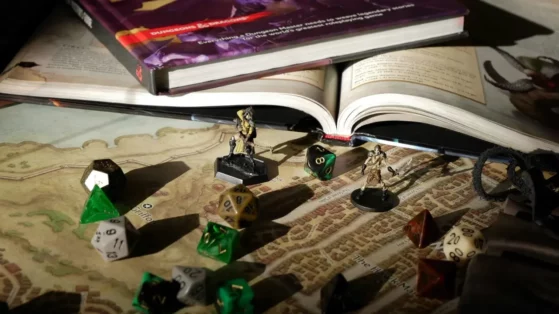
Every system provides tools for character definition, but players arrive with more than sheets—they come with visions of their characters in action. Your opening scene isn't imposing action; it's providing the stage they desire to perform the character they've imagined.
Ideally, collect key character elements beforehand. A fighter's combat style, a wizard's signature spell, a rogue's moral boundary—these become raw materials for moments of revelation. Design specific challenges where these elements matter immediately.
When preparation limits advance knowledge, create versatile scenarios with multiple approach vectors—physical, moral, intellectual, and social challenges allowing any character type to shine.
Or reverse the process: present the opening scenario during character creation, inviting players to build characters with specific connections to it, intertwining backstory with immediate action.
What matters is creating opportunities for meaningful choice that validate players' character concepts. Your well-designed opening becomes an invitation where players can show who their characters truly are through what they choose to do—exactly what they've been eager to demonstrate since conception.
The Sensory Immersion

Beyond the brilliantly constructed sequence in Raiders lies another element: John Williams' iconic score. Sound forms the foundation of the scene's impact.
Your tabletop introductions can similarly benefit from sensory enhancement. Music and sound effects offer one powerful way to crystallize character in that crucial first scene, transforming the abstract into the visceral.
The right soundtrack can set emotional tone instantly. Different musical backgrounds might evoke different character reactions: an ominous track suggests caution, a mysterious melody invites curiosity, a pounding battle theme prompts decisive action.
Strategic sound effects can enhance pivotal moments. The distant rumble of the boulder, the click of a trap, the whispered chant of approaching cultists—these transform abstract description into shared experience, offering another avenue for character revelation.
While not essential to success, thoughtfully incorporated audio elements provide an additional layer that can elevate your opening scenes, creating a more immersive backdrop against which characters can reveal themselves.
Beyond Outcomes
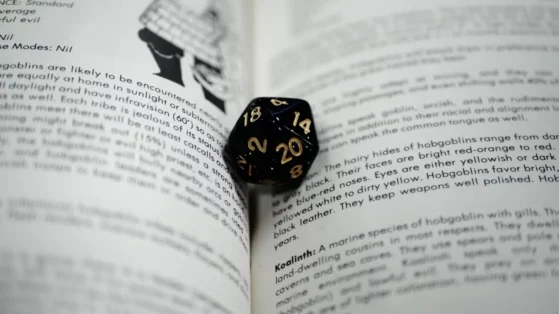
As GM, you become a narrator but also an observer. You set the scene, present the challenge, and watch carefully how players respond. Their choices reveal character with an immediacy no preparatory discussion could achieve.
This observation provides valuable information about what matters to these characters, which you can use to design more compelling challenges later. The structured approach might give clearer insights into specific traits, while the open approach might reveal unexpected aspects of character.
What makes this approach so liberating is that it frees you from controlling outcomes. The revelation comes through player decision-making rather than predetermined results. Even if Indiana had lost more than just the idol—if he'd been captured by Belloq or injured during his escape—the opening would still have functioned brilliantly as a character introduction. Similarly, whether your players succeed or fail in their immediate objectives doesn't matter for character revelation. What matters is that they made choices showing who their characters are.
With open-ended scenarios, there is no incorrect solution—only different revelations about character. With structured paths, design decision points to be revealing regardless of which option players choose.
After such an opening—filled with action, choice, and character revelation—there comes a natural moment for more traditional introduction. Having seen each other in action, characters have organic reasons to talk and explain themselves. But now these conversations happen in a context of demonstrated character rather than abstract description. "I noticed you risked yourself to save that child" carries the weight of observed action. These conversations deepen rather than establish character.
The Beginning of Adventure
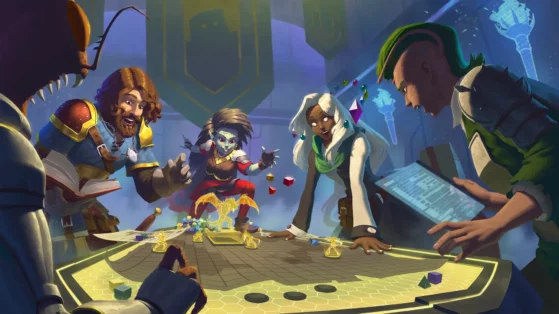
In the final moments of the Raiders opening, Jones barely escapes with his life, losing the golden idol but establishing himself indelibly in our minds. We don't need his resume or a backstory monologue—we've witnessed his competence, his flaws, his resourcefulness, and his determination through action. This visceral introduction creates an unbreakable connection between audience and character that sustains the entire film.
Your opening scene can create this same transformative effect at your table. By throwing players immediately into meaningful action requiring consequential choices, you forge investment not just in plot but in character. You establish group dynamics through shared crisis rather than contrived meeting. The tavern becomes a destination earned rather than a default starting point.
This approach honors what players truly want—to inhabit their characters, not merely describe them. The most powerful campaigns are those where players feel their characters exist beyond the character sheet. This transformation begins not with exposition but with action, not with telling but with showing, not with explanation but with choice.
So begin your next campaign with the boulder already rolling, the temple already crumbling, the auction already reaching its climax. Create that perfect stage where your players can show rather than tell. Watch as characters emerge through action rather than description. Then sit back and observe as your players don't just play their characters—they become them.
The path ahead might be open or carefully designed. The future may hold triumph or tragedy. But one thing is certain: once your players have revealed who their characters truly are through that crucial opening sequence, the real adventure has already begun.

